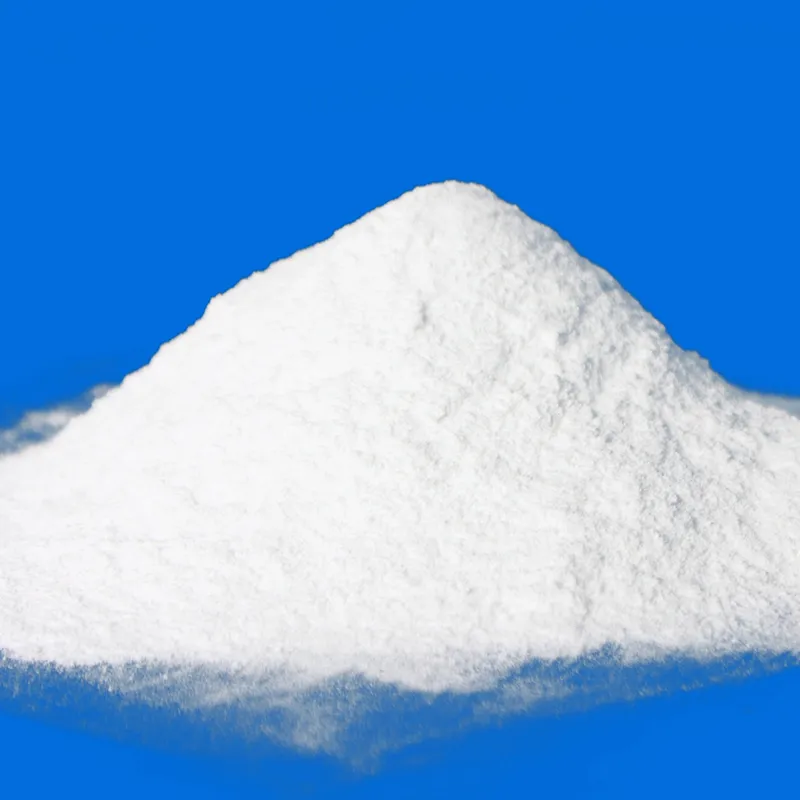
Choosing the Right Anti-Caking Agents for Spice Preservation and Quality Enhancement
Anti-Caking Agents for Spices Ensuring Flavor Without Clumping
When it comes to culinary delights, spices are the unsung heroes of flavor enhancement. However, one of the persistent challenges faced by consumers and food manufacturers alike is the tendency of these powders to clump together. This clumping can make it difficult to measure and use spices effectively, leading to uneven distribution of flavor in dishes. To combat this issue, anti-caking agents are used, playing a crucial role in maintaining the quality and usability of spice products.
What are Anti-Caking Agents?
Anti-caking agents are substances added to powdered materials to prevent the formation of clumps. They work by absorbing moisture in the environment or by altering the physical properties of the powder, allowing particles to flow freely. Common anti-caking agents include silica gel, calcium silicate, and magnesium carbonate. These ingredients are often considered safe for consumption and are widely used in both food and non-food products.
The Importance of Anti-Caking Agents in Spices
Spices are often ground into fine powders, making them susceptible to moisture and humidity. When moisture is present, the tiny particles of spices can stick together, forming lumps that can compromise the texture and effectiveness of the spice. This is particularly problematic in regions with high humidity or for spices stored for extended periods.
Using anti-caking agents in spices not only preserves the texture but also ensures that the flavor is evenly distributed when sprinkled or mixed into dishes. This is especially important in commercial food production where consistency in taste and appearance is crucial. For home cooks, having spices that flow freely from their containers can make cooking more enjoyable and less frustrating.
Types of Anti-Caking Agents Used in Spices
There are several different types of anti-caking agents frequently used in the spice industry.
anti caking agent for spices

1. Silica Gel This is one of the most common anti-caking agents and is effective due to its high absorption capacity. Silica gel helps to draw moisture away from the spice particles, keeping them dry and free-flowing.
2. Calcium Silicate Another popular choice, calcium silicate not only serves as an anti-caking agent but also provides additional benefits such as enhancing the flowability of the spice powder.
3. Microcrystalline Cellulose This plant-derived compound acts as a bulking agent and helps to prevent clumping while also being dietary fiber.
4. Magnesium Carbonate Often used in conjunction with other agents, magnesium carbonate can help to keep spice powders from adhering to one another.
Conclusion
Incorporating anti-caking agents into spice formulations is essential for maintaining the quality and usability of these flavor-packed powders. By preventing clumping, these agents ensure that spices can be easily measured and distributed, resulting in a better cooking experience and more delicious outcomes.
As consumers become increasingly aware of the ingredients in the foods they purchase, it is essential for manufacturers to choose safe and effective anti-caking agents. With the right balance of functionality and safety, these agents play a crucial role in the spice industry, helping to preserve the integrity and flavor of beloved spices around the world.
Next time you sprinkle some cayenne pepper or a dash of curry powder into your dish, you can appreciate not only the robust flavors but also the science that keeps your spices ready to use—thanks to anti-caking agents. In the ever-evolving culinary landscape, these unsung heroes help ensure that every meal is as flavorful as intended.
-
Understanding Synthetic Rubber OptionsNewsApr.27,2025
-
Trichloroisocyanuric Acid: Essential for Clean and Safe WaterNewsApr.27,2025
-
Sodium Dichloroisocyanurate: Key to Safe Water TreatmentNewsApr.27,2025
-
Sodium Acid Pyrophosphate: Essential in Modern Food ProcessingNewsApr.27,2025
-
Essential Water Treatment ChemicalsNewsApr.27,2025
-
Denatured Alcohol and Its Industrial UsesNewsApr.27,2025
-
The Versatile Uses of Sodium BicarbonateNewsApr.24,2025
Hebei Tenger Chemical Technology Co., Ltd. focuses on the chemical industry and is committed to the export service of chemical raw materials.
-

view more DiethanolisopropanolamineIn the ever-growing field of chemical solutions, diethanolisopropanolamine (DEIPA) stands out as a versatile and important compound. Due to its unique chemical structure and properties, DEIPA is of interest to various industries including construction, personal care, and agriculture. -

view more TriisopropanolamineTriisopropanolamine (TIPA) alkanol amine substance, is a kind of alcohol amine compound with amino and alcohol hydroxyl, and because of its molecules contains both amino and hydroxyl. -

view more Tetramethyl Thiuram DisulfideTetramethyl thiuram disulfide, also known as TMTD, is a white to light-yellow powder with a distinct sulfur-like odor. It is soluble in organic solvents such as benzene, acetone, and ethyl acetate, making it highly versatile for use in different formulations. TMTD is known for its excellent vulcanization acceleration properties, which makes it a key ingredient in the production of rubber products. Additionally, it acts as an effective fungicide and bactericide, making it valuable in agricultural applications. Its high purity and stability ensure consistent performance, making it a preferred choice for manufacturers across various industries.











